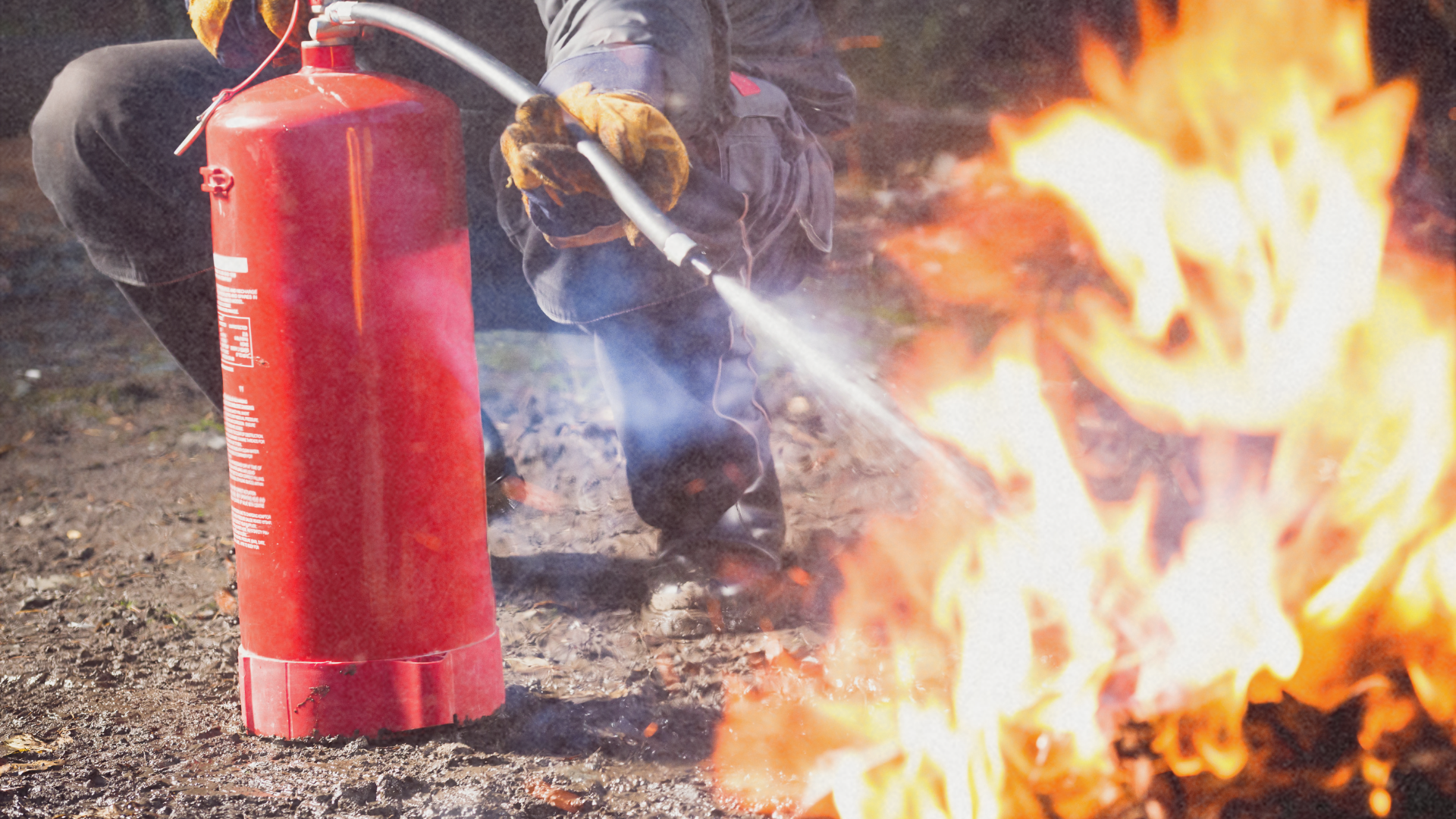Since ‘weapons training’ is a favorite topic of most people in the security industry, and I have seen so much questionable methods being taught, I decided to get in the fray and put my two cents in! I have been making comments about the type and quality of training our poor security guards have been receiving and I realized I should have put it down on paper a long time ago. At this time I think my observations are pretty extensive and I have done much reflection, asked enough questions, which mostly left me still wondering why generally there is lack of logic in weapons programs out there.
So, I will start with where I think the whole process began to fall into that black hole of logic in the Philippine security industry. Why with all the supposed trainings given on ‘weapons proficiency,’ even more than any other trainings, security personnel in the Philippines still keep coming up short of being competent. I believe that the weapons selection and accompanying training were done by people unfamiliar with weapons and are themselves in need of training. They may have come from the military, did weapons training there, but not necessarily on handguns and especially, shotguns. Thus, the cookie crumbles.
Next, the PNP and some individuals decided to regulate the security industry, including the weapons they can use and it appears that no one considered the repercussions and consequences. The reasons given for the regulations do not address the ‘imagined’ problem of “private armies.” With regards to the choice of weapons, let me point out the scary thing about carrying shotguns in highly populated areas. How or who decided that carrying a shotgun in a bank, mall, school, etc. was a better choice of weapons over that of a handgun or rifle? Didn’t these individuals consider the number of pellets that come out of that weapon once fired and the deadly consequences for numerous individuals? Then we issue these guards a shotgun as a primary and sole weapon, with no other lethal force weapon option for his defense. Wrong in many ways, so wrong it boggles the mind. I also don’t see what difference it makes in the prevention of a private army? You may argue then, doesn’t the US police have shotguns for rifles? Yes, but they’re secondary weapon systems and used as aimed fire weapons, not point and spray like a garden hose! In my opinion, most police agencies in the US arm their officers with shotguns only because it is the cheapest weapon system they can get. But if that is the case in the Philippines, then train according to the capabilities and anticipated application of the weapon.
I then observed the method of training that is being conducted and wonder where they got their basic training in the use of these weapons, especially that of a shotgun? They basically are setting up these guards to kill innocent citizens— bystanders, clients, friends with their “hip shooting” techniques! Why in the world would you not use the ‘factory supplied sights’ on the weapons, especially when you are going to use this in a crowded area where accurate fire is critical. To make matters worse, these shotguns don’t have any rifle butts to steady them on the shooter’s shoulder if he chooses to do so and actually use the sights! The guard is set up to fail from the get go!
It would be wiser to limit security guards in urban settings to pistol-caliber weapons. Handguns and submachine guns, with the sub-gun or rifle being issued as a secondary weapon in the event he needs to use a higher round capacity weapon or a higher caliber weapon for longer ranges. The choice of weapons will depend on the event that warrants such when the perpetrator is armed with a rifle. Much like the saying goes, “Don’t bring a knife to a gunfight!”
Now the other problem is training. Again it goes back to why did PNP regulate that security providers can only maintain: one (1) weapon for every two (2) guards and compound matters by not allowing security agencies to maintain extra weapons in the “required” armory?! How does one expect to train the guards, when we have all the weapons deployed on operations? What is the armory for in the first place? It hurts my brain when I think of who wrote these regulations.
Now there is a place for the shotgun, but the training and its adaptation should be seriously considered. If you wish to carry a shotgun, know that it is a secondary weapon system in this type of business. The primary weapon system is your pistol. Again, as security personnel, we carry weapons for self- protection in the course of our duty of intercepting criminality in our premises; not as an assault weapon for attacking objectives. Thus the training should correspond to that model.
A weapons proficiency program for security or law enforcement personnel should basically aim to provide officers with a process by which they can develop their weapons skills at a skill level they are proficient enough for when they are required to use their weapon, they are effective and safe.
The goal is not to become a highly refined competition shooters, but to attain a realistic competence so that in the event they have to bring their weapon to bare on a threat, they posses enough skill and confidence to maintain their tactical edge and deliver on their mission. A state of confidence in their skills, with their defensive weapons, that it relieves the officers of one less item to worry about during a high stress situation. This increases their survivability and provides a safer environment for the public.
In this program we do not want to train tactical teams or competition shooters, we want to develop a standard of safety and competence for an entire force.
Along with training the security officer on weapons handling and proficiency, the legal and moral aspects of the use of lethal force should be discussed, reviewed, and instilled. Also with the legal aspects in the use of force and the concept of force continuum, ensuring the officer fully understands that the weapon is for defensive use and not a compliance tool.
With the selection of the weapon, training with proper carriage and weapon retention should also be done. Selecting safe and effective holsters that are specifically designed for security or public safety use (not competition) replete with retention devices ensures the officer’s and the public’s safety.
As the doctrine dictates, “train as you fight,” the officer should start his weapons training with the weapon from its secured position in the holster, every time.





